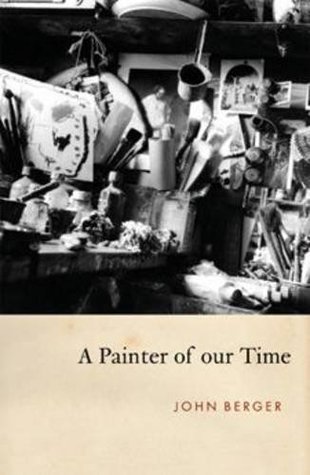What do you think?
Rate this book


208 pages, Paperback
First published January 1, 1958
Today every painter worthy of the name is his own master, his own pupil and perhaps finally his own debaser, his own mannerist. We each have to decide everything for ourselves. We each have to choose what is inconceivable for us. As artists - and this is the curse that is upon us - we must each visualise our own city, ourself as its centre. It is bitter for me to admit this, I who, as a man, believe in the collective, in the revolutionary class not the revolutionary individual.
rest here: https://alittleteaalittlechat.wordpre...